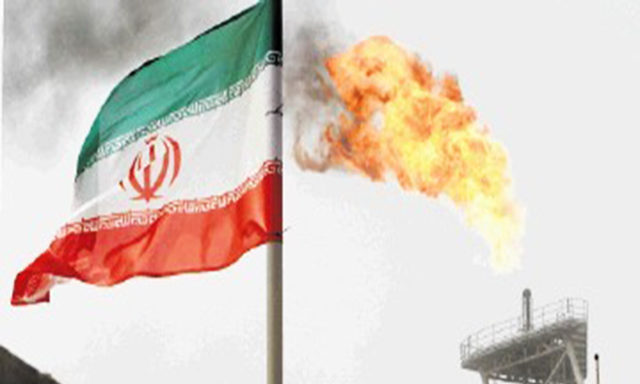
Oil extended its decline after its biggest weekly drop since March as investors weighed the prospects of Iran increasing crude exports in an oversupplied market.
Futures dropped as much as 1.8 percent in New York after capping a 7.4 percent loss through July 10. Iran and world powers may announce a nuclear deal as soon as Monday after a political agreement was reached to lift a United Nations arms embargo. Prices also slid as investors eschewed risky assets amid concern Greece may be cut from the euro area.
Oil’s rebound from a six-year low has faltered, capping a second weekly drop on Friday, as a rout in Chinese equities and the turmoil in Greece stoke speculation demand will weaken and a global glut will persist. Prices may fall further as the world remains “massively oversupplied,” before markets tighten in 2016 when output growth outside OPEC grinds to a halt, according to the International Energy Agency.
“We appear to be getting close to an agreement about Iran’s nuclear program,” Ric Spooner, a chief analyst at CMC Markets in Sydney, said by phone. “In general terms, that is a bearish development, it puts more supply into the market.”
West Texas Intermediate for August delivery lost as much as 97 cents to $51.77 a barrel in electronic trading on the New York Mercantile Exchange and was at $51.91 a barrel at 12:25 p.m. Singapore time. The contract fell 4 cents to $52.74 on Friday. The volume of all futures traded was 90 percent above the 100-day average. Prices have decreased 2.5 percent this year.
Nuclear Deal
Brent for August settlement slid as much as $1.18, or 2 percent, to $57.55 a barrel on the London-based ICE Futures Europe exchange. Prices fell 2.6 percent last week. The European benchmark crude was at a premium of $5.72 to WTI.
U.S. Secretary of State John Kerry said Sunday he and Iranian Foreign Minister Mohammad Javad Zarif had a “very good” meeting and once again voiced optimism an agreement was within reach. After three missed deadlines, officials said a deal was almost complete and negotiators have given themselves through Monday to finish.
Iran’s plan to sell more oil and recapture market share is still a long way off, according to Goldman Sachs Group Inc., Bank of America Corp. and Societe Generale SA. Its goal of boosting exports by 50 percent would require an extra 500,000 barrels a day of production, which the banks predict will take six to 12 months as it revives aging wells.
Shale Oil
There will be no overall production growth outside the Organization of Petroleum Exporting Countries next year for the first time since 2008, according to the IEA. Growth in U.S. shale oil supplies will stagnate to the middle of 2016 while output declines in Russia, the Paris-based adviser said Friday in its first detailed assessment of the year ahead. Global crude demand growth will slow, the agency predicted.
In the U.S., the world’s biggest oil consumer, drillers returned rigs to fields for a second straight week, according to data from Baker Hughes Inc. Active machines targeting crude rose by 5 to 645, the oilfield-service company said Friday.
European leaders gave Greek Prime Minister Alexis Tsipras a choice on Sunday: ditch his principles or quit the euro. They allowed Tsipras three days to enact their main demands to keep alive chances of adding bailout funds.
Recommended for you
